How To Use L Bracket On Tripod ?
To use an L bracket on a tripod, first, attach the L bracket to your camera by screwing it into the camera's tripod mount. Make sure it is securely fastened. Then, loosen the tripod head's quick release plate and slide it into the L bracket's slot. Tighten the quick release plate to secure it in place. Now, you can mount the camera with the L bracket onto the tripod by sliding the quick release plate into the tripod head's clamp and tightening it. The L bracket allows you to switch between landscape and portrait orientations easily by simply rotating the camera without having to adjust the tripod. This is particularly useful for photographers who frequently switch between different orientations while shooting.
1、 Attaching an L Bracket to a Tripod for Enhanced Stability
Attaching an L Bracket to a tripod can greatly enhance stability and versatility when using your camera. L brackets are designed to allow you to quickly switch between landscape and portrait orientations without having to adjust the tripod head. Here's a step-by-step guide on how to use an L bracket on a tripod:
1. Start by removing the quick release plate from your tripod head. This plate is usually attached with a screw or lever mechanism.
2. Align the L bracket with the camera body, ensuring that the screw hole on the bracket matches the one on the camera.
3. Attach the L bracket to the camera using the screw provided. Make sure it is securely tightened.
4. Once the L bracket is attached to the camera, slide the quick release plate back onto the bracket. Ensure that it is securely fastened.
5. Mount the camera with the L bracket onto the tripod head. The L bracket should be positioned so that the camera is balanced and stable.
6. Adjust the tripod head as needed to achieve the desired composition. The L bracket allows you to easily switch between landscape and portrait orientations by simply rotating the camera.
Using an L bracket on a tripod offers several advantages. It provides better stability and balance, especially when shooting in portrait mode. It also eliminates the need to adjust the tripod head when switching orientations, saving you time and effort. Additionally, the L bracket can protect your camera by keeping it centered over the tripod, reducing the risk of accidental tipping.
In conclusion, attaching an L bracket to a tripod is a simple process that can greatly enhance stability and versatility when using your camera. It allows for quick and easy switching between landscape and portrait orientations, providing better composition options. Consider investing in an L bracket to maximize the functionality of your tripod setup.
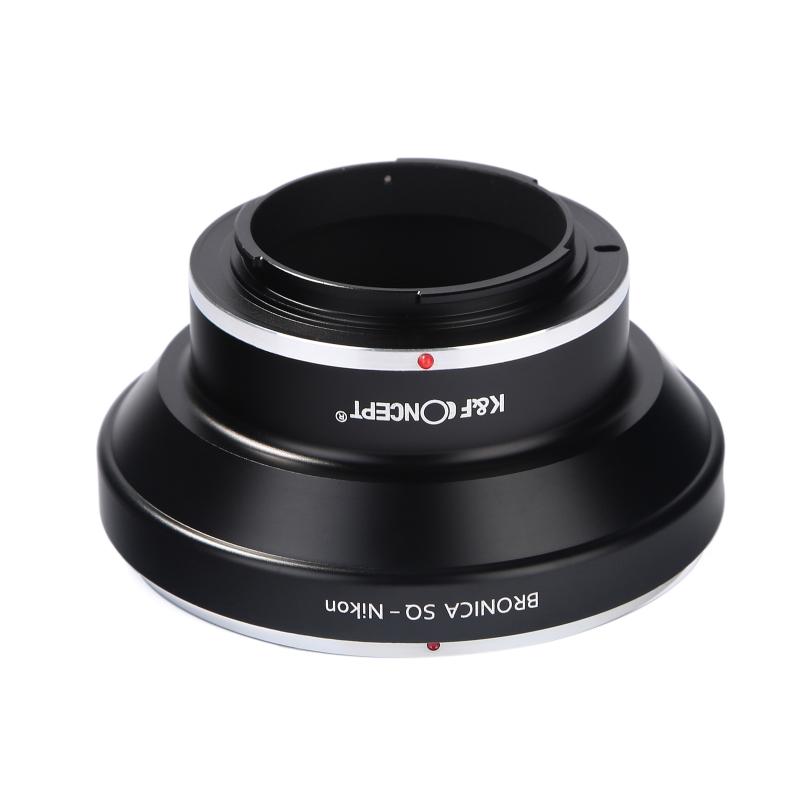
2、 Adjusting the L Bracket for Different Camera Orientations
To use an L bracket on a tripod, you need to follow a few simple steps. The L bracket is a versatile accessory that allows you to quickly switch between landscape and portrait orientations while maintaining the camera's center of gravity. Here's how to use it:
1. Attach the L bracket to your camera: Start by screwing the L bracket onto the bottom of your camera using the tripod mount. Make sure it is securely attached.
2. Mount the L bracket on the tripod: Slide the L bracket onto the tripod's quick-release plate or mount it directly onto the tripod head. Ensure that it is tightly secured to prevent any movement.
3. Adjust the L bracket for landscape orientation: If you want to shoot in landscape mode, keep the L bracket in its default position. The longer side of the bracket should be parallel to the ground, allowing you to capture wide-angle shots.
4. Adjust the L bracket for portrait orientation: To switch to portrait mode, loosen the L bracket's locking knob and rotate it 90 degrees. This repositions the longer side of the bracket vertically, enabling you to capture taller subjects or vertical compositions.
5. Secure the L bracket: Once you have adjusted the L bracket to the desired orientation, tighten the locking knob to secure it in place. Ensure that it is firmly tightened to prevent any accidental movement during shooting.
By using an L bracket on your tripod, you can easily switch between landscape and portrait orientations without having to readjust the tripod itself. This saves time and allows for more flexibility in your photography.
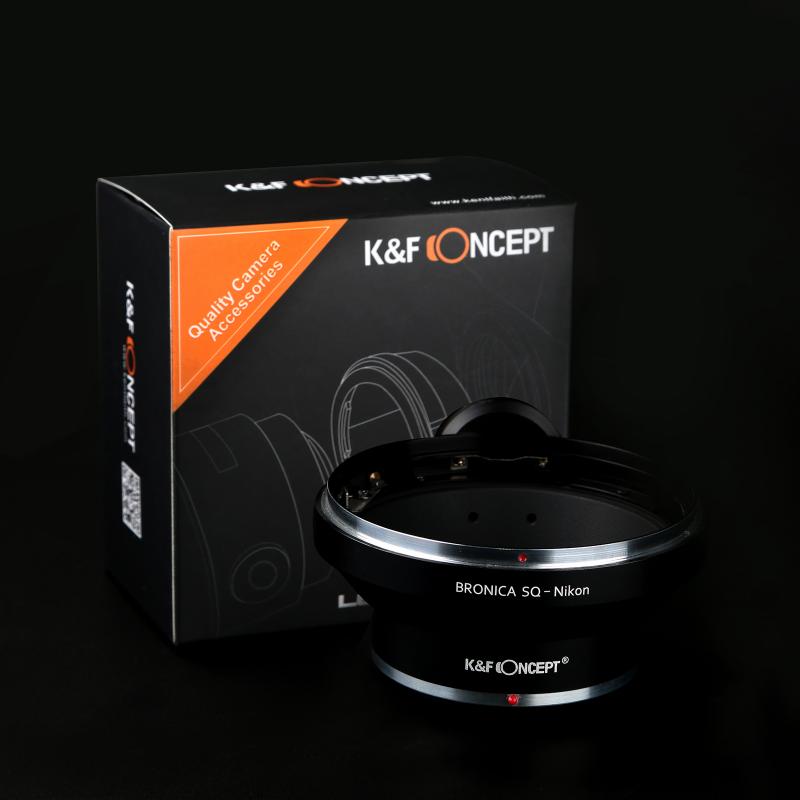
3、 Utilizing the L Bracket for Quick Switching between Landscape and Portrait Modes
Utilizing an L bracket on a tripod can greatly enhance your photography experience, especially when it comes to quickly switching between landscape and portrait modes. An L bracket is a versatile accessory that attaches to your camera and allows you to mount it vertically or horizontally on a tripod.
To use an L bracket on a tripod, follow these steps:
1. Attach the L bracket to your camera: Most L brackets have a quick-release plate that attaches to the camera's tripod mount. Securely fasten the bracket to your camera using the provided screws.
2. Mount the L bracket on the tripod: Slide the L bracket onto the tripod's quick-release plate and lock it in place. Ensure that it is securely attached to prevent any accidental falls.
3. Switch between landscape and portrait modes: When shooting in landscape mode, keep the camera mounted horizontally on the tripod. For portrait mode, simply loosen the tripod head, rotate the camera 90 degrees, and tighten the head again. The L bracket allows for quick and seamless switching between the two orientations.
The latest point of view regarding L brackets is that they offer several advantages beyond just quick switching between landscape and portrait modes. They provide better stability and balance, especially when using heavy lenses or shooting in challenging conditions. L brackets also allow for more comfortable handling and reduce strain on your wrists, as the camera's weight is evenly distributed.
Additionally, L brackets often come with additional mounting options, such as Arca-Swiss compatible dovetail plates, which allow for easy attachment to other accessories like flash brackets or external monitors.
In conclusion, using an L bracket on a tripod is a practical and efficient way to switch between landscape and portrait modes. It provides stability, balance, and versatility, making it a valuable accessory for photographers of all levels.
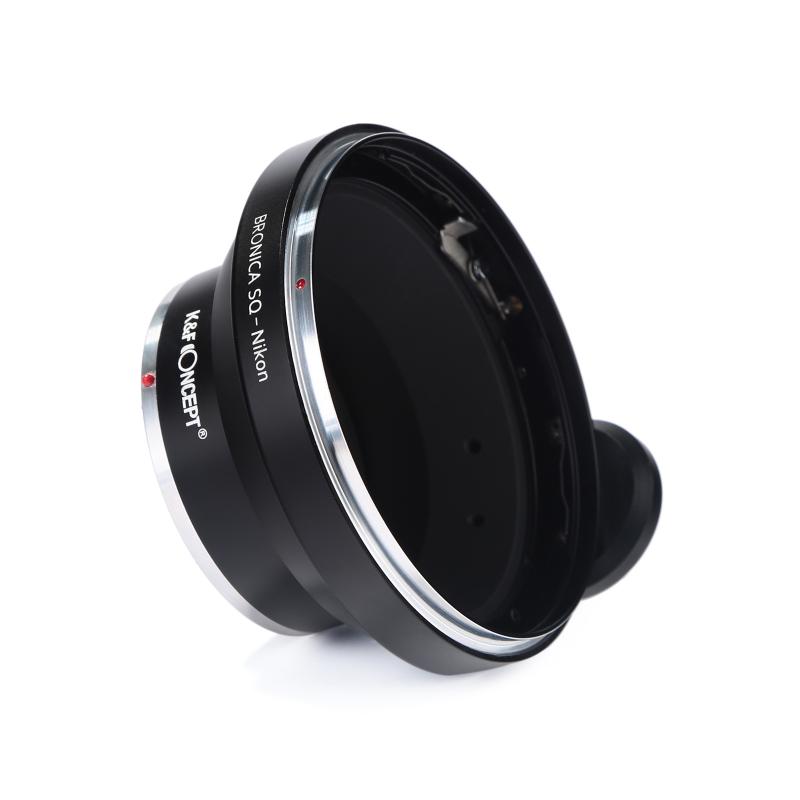
4、 Maximizing Stability and Balance with an L Bracket on a Tripod
Using an L bracket on a tripod can greatly enhance stability and balance when capturing photographs or videos. An L bracket is a versatile accessory that allows you to mount your camera vertically or horizontally on the tripod, providing flexibility and convenience in various shooting situations.
To use an L bracket on a tripod, follow these steps:
1. Attach the L bracket to your camera: Most L brackets have a quick-release plate that attaches to the camera's tripod mount. Securely fasten the plate to the camera using the provided screw.
2. Mount the L bracket on the tripod: Slide the L bracket onto the tripod's quick-release plate or mount it directly onto the tripod head. Ensure that it is securely attached to prevent any accidental slips or falls.
3. Adjust the camera orientation: The L bracket allows you to switch between vertical and horizontal shooting effortlessly. Simply loosen the bracket's locking knob, rotate the camera to the desired orientation, and tighten the knob to secure it in place.
4. Achieve balance: With the L bracket, you can easily adjust the camera's position to achieve optimal balance. This is particularly useful when using heavy lenses or shooting in challenging conditions. Adjust the tripod's legs and center column as needed to ensure stability.
By using an L bracket on your tripod, you can maximize stability and balance, especially when shooting in portrait mode or with heavy equipment. It eliminates the need to tilt the tripod head sideways, which can compromise stability. Additionally, the L bracket's design allows for quick and seamless transitions between vertical and horizontal shooting, saving you time and effort.
In conclusion, incorporating an L bracket into your tripod setup can greatly enhance stability and balance while providing flexibility in camera orientation. It is a valuable accessory for photographers and videographers looking to capture high-quality shots in various shooting scenarios.
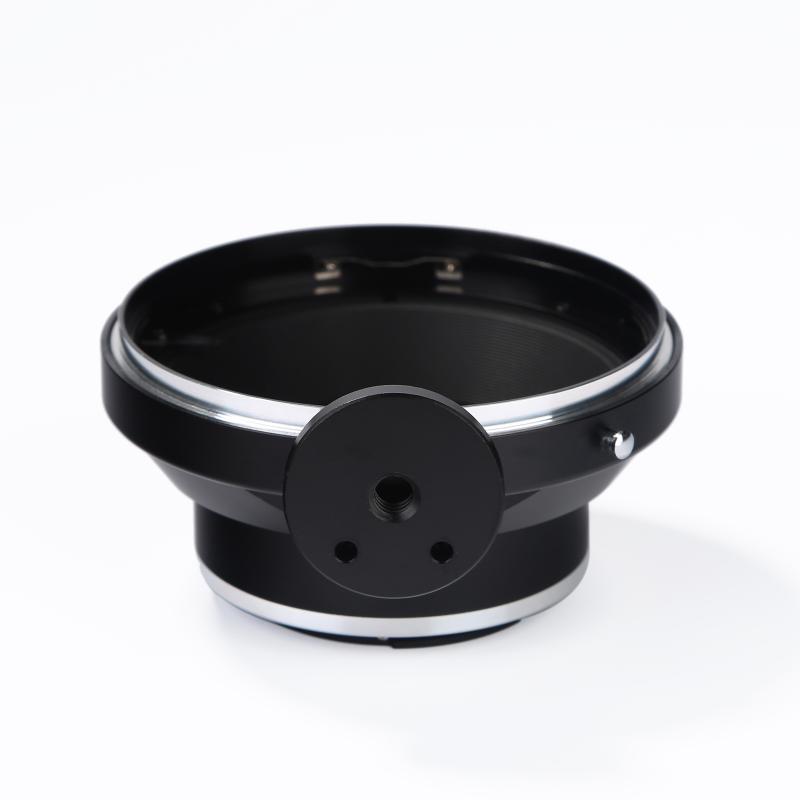









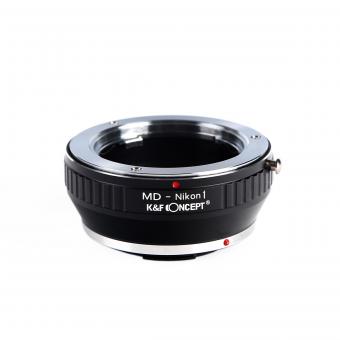

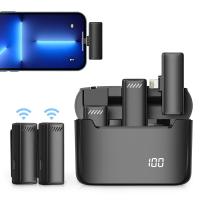
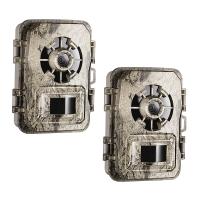

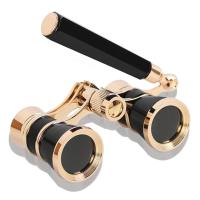
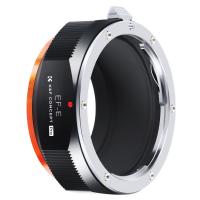


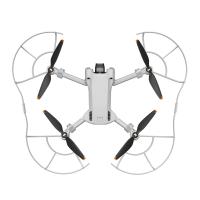
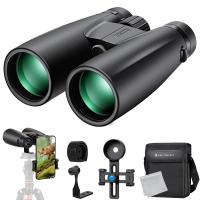

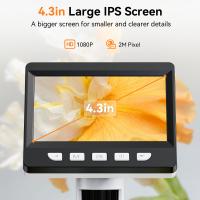

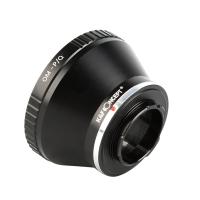

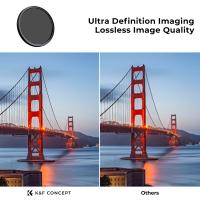
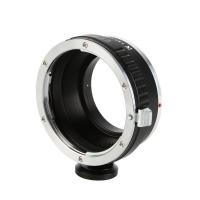


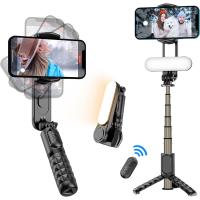

There are no comments for this blog.